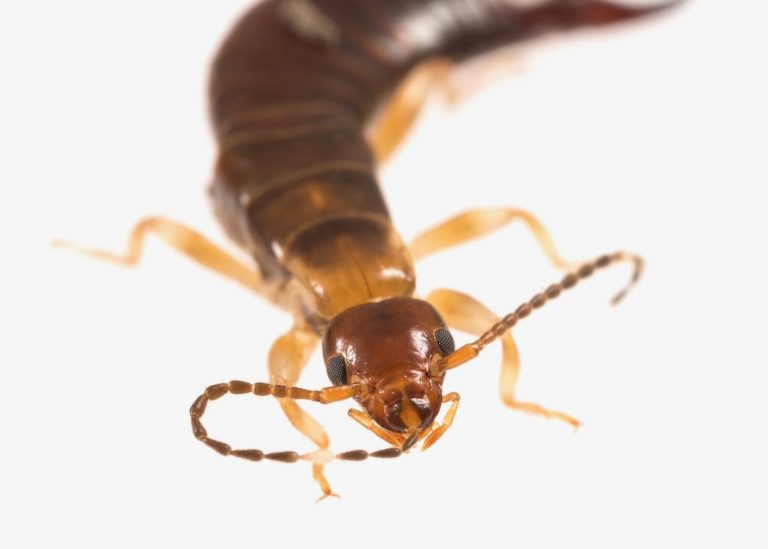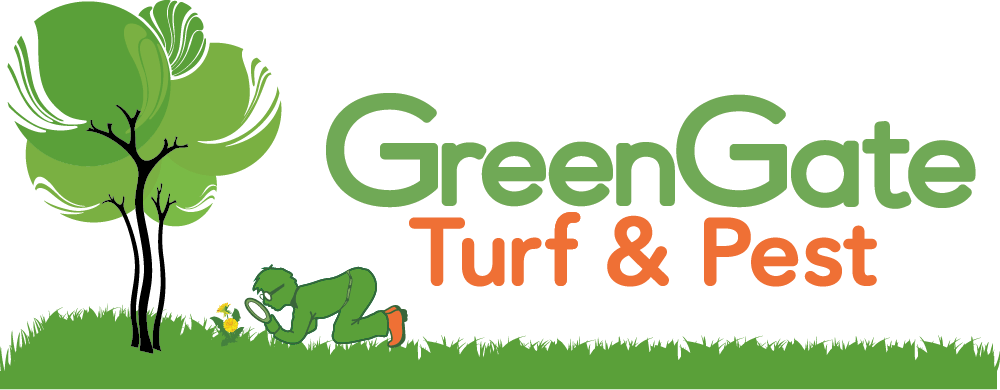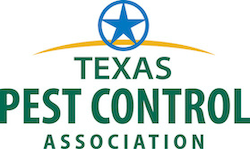Earwigs
- Earwigs are rarely harmful to people. Still, the insects’ large, pincher-like abdominal appendages, called forceps, can present a formidable appearance. Because of their flattened bodies, earwigs can enter homes through very small cracks. However, they are accidental invaders and generally do not reproduce indoors.
- They have characteristic cerci, a pair of forcep-like pincers on their abdomen, and membranous wings folded underneath short, rarely used forewings. They are found on all continents except Antarctica.
- While approximately 10 species live in Texas, only a few are common. Common species include European, ringlegged, riparian, linear, and the brown–winged earwig.
- A few species cause some damage by feeding on crops and ornamental plants, but most play a beneficial role by feeding on other insects. Some species emit a foul-smelling, yellowish-brown liquid from their scent glands. However, the most common complaint against them is its mere presence in homes and apartments.
- Earwigs develop with a simple metamorphosis from egg to nymph to adult. The immature forms look much like the adults but are grayish and lack wings and large forceps.
- Many earwig species display maternal care, which is uncommon among insects. Female earwigs may care for their eggs, and even after they have hatched as nymphs will continue to watch over offspring until their second molt.
- The European or common earwig is an omnivore, eating plants and ripe fruit as well as actively hunting arthropods. To a large extent, this species is also a scavenger, feeding on decaying plant and animal matter if given the chance. Observed prey largely includes plant lice, as well as insects such as flies and aphids.
- The earwig’s name comes from a European superstition that the insect would enter the ear of a sleeping person and bore into the brain.
Plants that they feed on typically include clover, dahlias, zinnias, butterfly bush, hollyhock, lettuce, cauliflower, strawberry, blackberry, sunflowers, celery, peaches, plums, grapes, potatoes, roses, seedling beans and beets, tender grass shoots and roots; they have also been known to eat corn silk, damaging the corn.
References
Wikipedia contributors, ‘Earwig’, Wikipedia, The Free Encyclopedia, 6 October 2022, 03:17 UTC, <https://en.wikipedia.org/w/index.php?title=Earwig&oldid=1114359441> [accessed 6 October 2022]
Texas A&M Agrilife Extension. “Earwig.” Texasinsects.tamu.edu, texasinsects.tamu.edu/earwig/.








